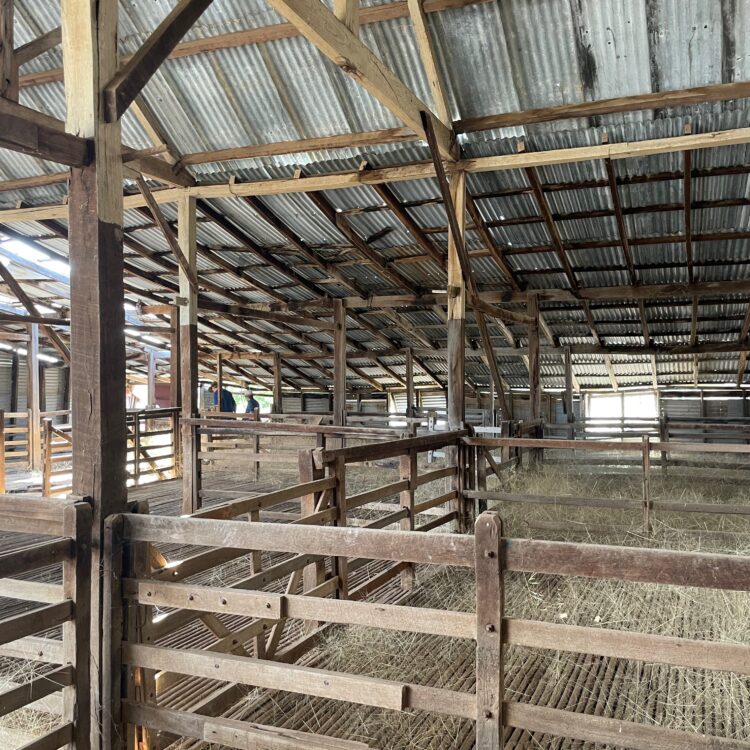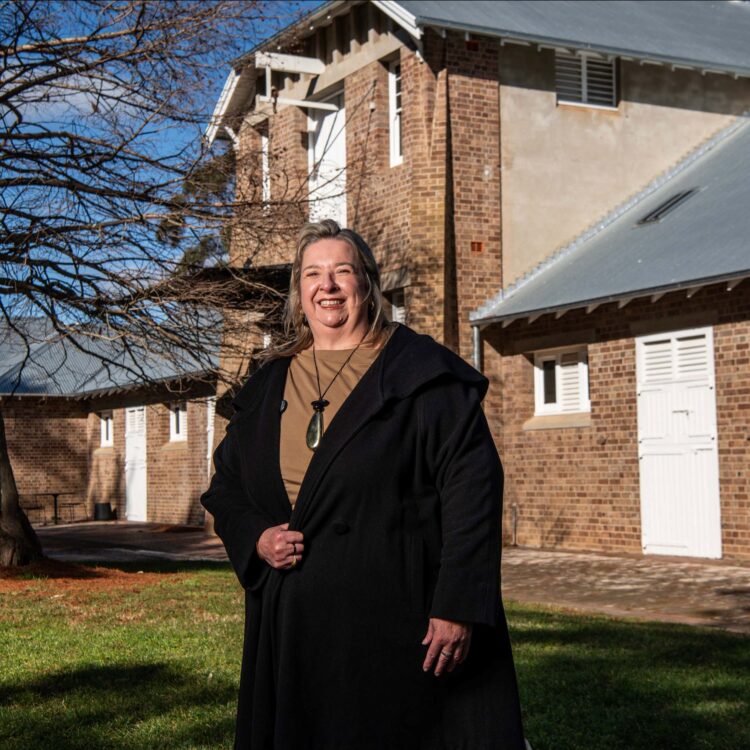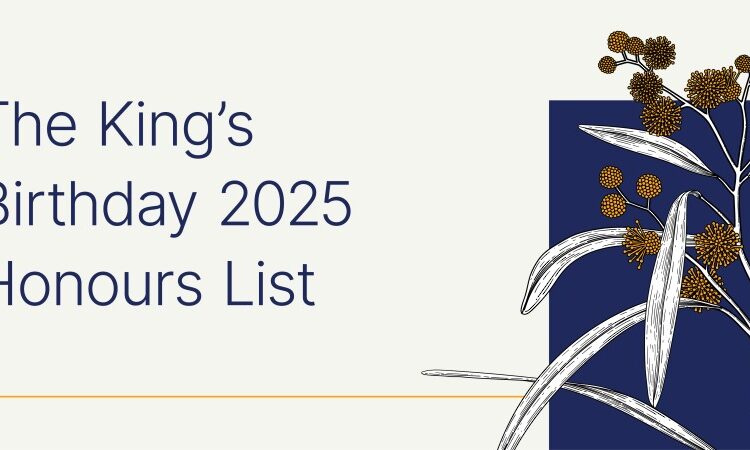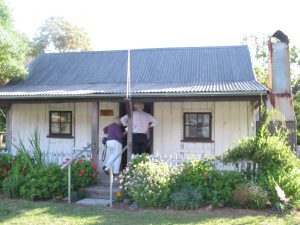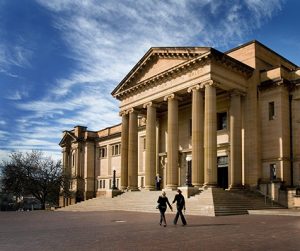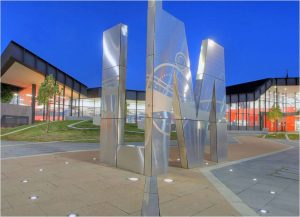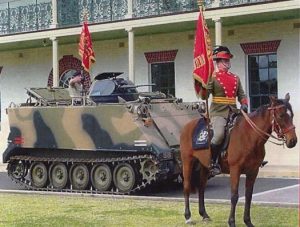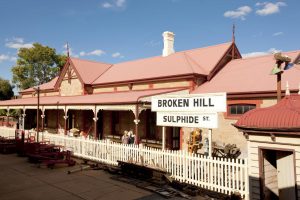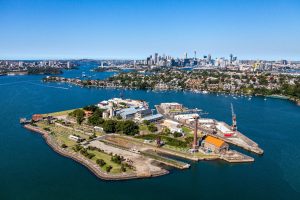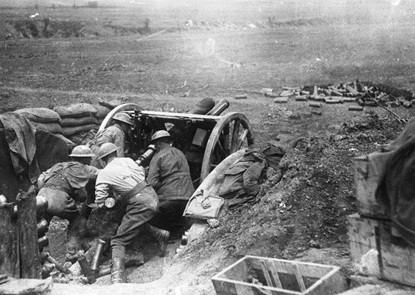
Battle of Bullecourt
18 Pounder field gun in action at Noreuil 1917. The 13th Battery Australian Field Artillery (Albury Battery) at the battle of Bullecourt when the Battery distinguished itself in the action around the village of Noreuil in April 1917.
If in some smothering dreams you too could pace
Behind the wagon that we flung him in,
And watch the white eyes writhing in his face …
Wilfred Owen’s Dulce et Decorum Est is perhaps the most famous poem from World War I, contrasting the reality of war against the ideal heroism and patriotism that it is ‘sweet and fitting to die for your country’.
As we begin to commemorate and remember the fallen of ‘the war to end all wars’ there will be plenty of pomp and ceremony, recognition of bravery and nation-building speeches but it’s equally important to acknowledge that real remembrance begins with our heart-felt empathy.
Many of the exhibitions at museums and libraries throughout the state bring the portraits of soldiers and civilians during wartime into sharp focus. Perhaps no more so than the State Library of NSW’s Life Interrupted: Personal Diaries from World War I. From 1918, the Library began collecting the WWI stories of soldiers, doctors, nurses, stretcher-bearers and journalists so that future generations would know about their experiences. This exhibition brings together the personal accounts found in diaries, maps that document the progress of the war, newspapers and ephemera that reflect what was happening on the home front.
The stories are filled with horror and adventure, courage and fear to last a lifetime. There’s Loius Vasco who enlisted as a Sapper, or engineer, but who spent time caricaturing his comrades, or Wesley Choat who ended up in Dulmen prison camp at 21 and spent his time there executing escapes.
The State Library also brings the men who served into focus with Portraits of War: The Crown Studios Project. A collection sourced. In May 1918, the Mitchell Library Trustees invited Officers of the Australian Imperial Force and Naval Forces to be photographed. You can see these remarkable portraits online at the State Library’s Flickr account.
There will be plenty of pomp and ceremony, recognition of bravery and nation-building speeches but it’s equally important to acknowledge that real remembrance begins with our heart-felt empathy.
Of course, there’s also a long line of events around the state with a comprehensive list put together for History Week encompassing talks, lectures and events. Here’s a selection of History Week events and other WWI remembrance in NSW:
- The Battle of Bita Paka in New Guinea at Blue Mountains Library presented by Dr Stephen Gapps, curator at the Australian National Maritime Museum. This battle saw the first Australian casualties of the Great War when the submarine AE1 was lost with all hands. Interestingly, one hundred years later, AE1 has still not been found.
- Six-Bob-A-Day Tourists: Diggers As Tourists talk in Tamworth that focuses on the travel or ‘tourist experiences’ of Australian troops during war.
- NSW Lancers Memorial Museum is holding their Pageant in Parramatta on 30 August with the Governor General in attendance.
- Albury LibraryMuseum is currently exhibiting In the Action looks at conditions on the battlefield, life at the home front and the role of women and Indigenous Australians during the war.
- Macleay Museum at University of Sydney is exhibiting selected World War I photographs from the Museum’s Historic Photograph Collection.
- The Murrurundi Historical Society Museum has compiled a special exhibition, six months in the making, which lists those who went to war along with citations of soldiers in the mounted regiments and those who fought in Europe on foot. It includes exclusive photos from soldiers at Beersheba, Australia’s largest armoured assault.
- The Sulphide Street Railway & Historical Museum is commemorating the departure of Broken Hill’s first two battalions of enlisted men in August 1914.
-
ANMEF 100 Year Commemoration: To commemorate the Australian expeditionary force sailing out of Sydney Harbour bound for German New Guinea in 1914, the New South Wales Government is holding a service on Sunday 17 August 2014, commencing at 12.25pm at Government House. The event will commence at Government House with an address to the cadets by Rear Admiral Raydon Gates and re-enactment of the march from Government House down Macquarie Street. This will be followed by an official ceremony on Cockatoo Island at 2.00pm. The ceremony will take place at Sutherland Dock, with an address from Vice Admiral Tim Barrett. Members of the public are welcome to attend the official ceremony.
This is only the beginning of four years of exhibitions and ceremonies and we should all be mindful of Remembrance Fatigue; that the public will grow desensitized to the experiences and meaning of the 37 million military and civilian casualties of WWI. It’s through exhibitions such as these that we can still create a connection across the century, a shared understanding that Wilfred Owen so poignantly addressed when he suggested “you too, pace behind the wagon.”

